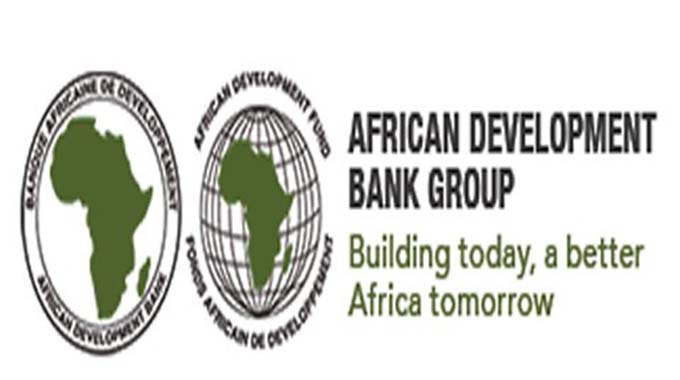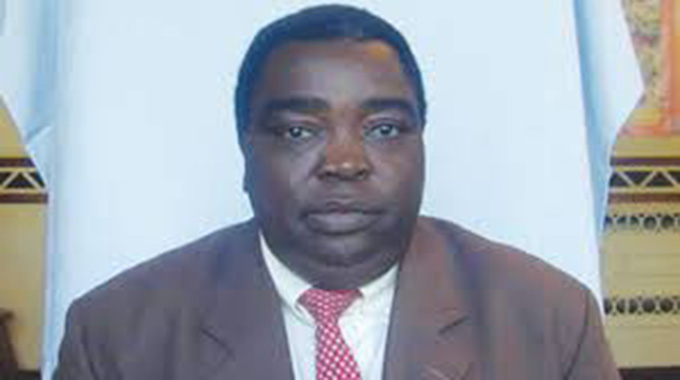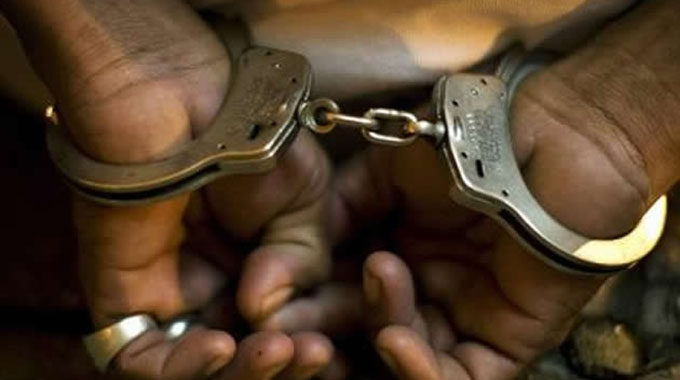Editorial Comment: Building better must be the story of Idai-hit areas

The African Development Bank (AfDB) announced that it has released US$24 million for the reconstruction of infrastructure destroyed by Cyclone Idai in Chimanimani and Chipinge.
The bank’s board was in the country and visited the affected areas before paying a courtesy call on President Mnangagwa.
The board members were able to see work that needs to be done to restore normalcy in the affected areas.
That the board came to assess the work reflects its commitment to helping Zimbabwe and its two affected neighbours recover from the effects of the disaster.
Here we have an example of an African institution taking the lead in solving a problem that has befallen African countries.
Their contribution is significant. The money that is being released complements efforts by the Government and other partners to reconstruct the areas.
It’s been a year since Cyclone Idai hit Chimanimani and Chipinge and at the same time devastated parts of Mozambique and Malawi.
For Zimbabwe, it was perhaps the worst we have seen.
The loss of lives, infrastructure and people’s livelihood was unbearable.
The humanitarian response was humbling as the whole country and the international community moved in swiftly to bring in the necessary relief.
But we all knew that the real work, that of reconstruction, was yet to begin and that it would be costly and protracted.
It would involve building new bridges, roads, houses and repairing and upgrading irrigation infrastructure that was destroyed.
It would not be patchwork, but real reconstruction, permanent improvement rather than temporary repairs.
Understandably, it has taken much longer to see real work taking place. Everything needs to be thought through so that what comes out of this disaster is better than what was there and that it is able to withstand any future attacks.
With climate change upon us, we cannot rule out that more cyclones will hit the two areas.
The results should be different because now we know what to do and have taken measures to fortify our infrastructure by building better and stronger roads, bridges and houses.
Emphasis is not on recovering quickly, but doing things properly. Consulting firms are being brought in and detailed designs of the bridges produced. It is about building back better.
“We are not building what was there before. We are rebuilding with resilient criteria. We are rebuilding stronger and in some cases it requires realignment of roads and so that takes times,” said Mr Djibrilla Marin, the country manager for the United Nations Office for Project Services, who are the project managers.
We agree with him that there is no need to rush and build something that will be destroyed by the next rains.
Survivors have already spent a year in tents and temporary facilities. They can endure a little longer while proper work is being done.
AfDB is only bringing in US$24 million. The reconstruction programme requires a lot more.
According to the Economic Commission for Africa (ECA) over US$4 billion is required to rebuild Idai affected areas in Zimbabwe, Mozambique and Malawi.
Zimbabwe alone needs more than US$700 million. At an ECA workshop on Climate Resilient Investment and Development in Reconstruction in October last year, representatives of the three countries said they had not been able to attract enough financial support to rebuild the affected areas.
More resources are still needed and it is incumbent upon leaders of the three affected countries to continue to appeal for more support.
The United Nations Development Programme (UNDP) has been active in Zimbabwe and other affected countries, pouring more than US$60 million. The World Bank and other partners are also at work.
A lot of the money can be mobilised locally. The corporate sector should not turn its back on Chimanimani and Chipinge.
There are companies that committed themselves to various reconstruction projects. Have they fulfilled their commitments? Are they also building better?
What is praiseworthy is the restoration and improvement of people’s livelihoods.
Chimanimani and Chipinge districts are known for production of timber, tea, coffee, banana, potatoes, avocados and macadamia nuts, among other products.
These require irrigation. Now farmers have an opportunity to scale up production as they get better and modern irrigation infrastructure.
Infrastructure to facilitate easy movement of their produce to the markets is also being put in place.
In the end, Chimanimani and Chipinge will be beautiful once again.
The help that local organisations can provide is not just monetary. They can move into these areas and provide technical information on how to modernise the farming operations in these areas.
Others can help the farmers open new markets for their produce.
There is serious potential to produce crops for the export market. The farmers just need knowledge that empowers them to rise to higher levels of production.
The key word is going to be patience.
People in the affected areas have to be made to understand that what is coming is better than what they had before. Something good is going to come out of the disaster.








Comments